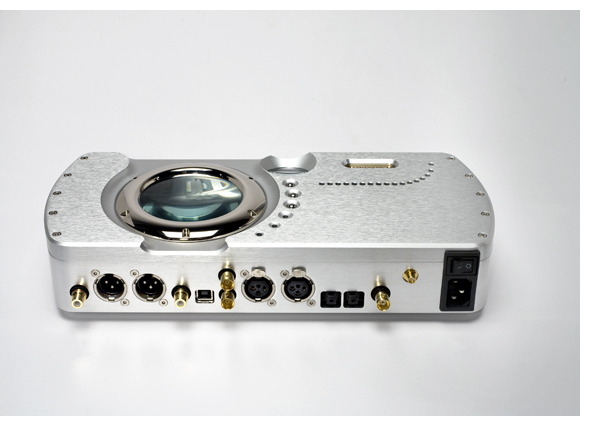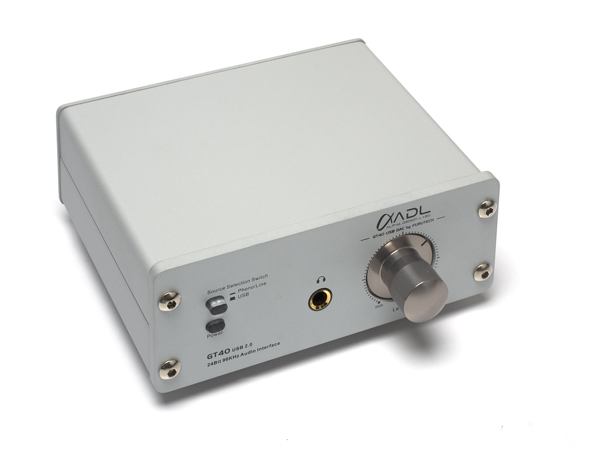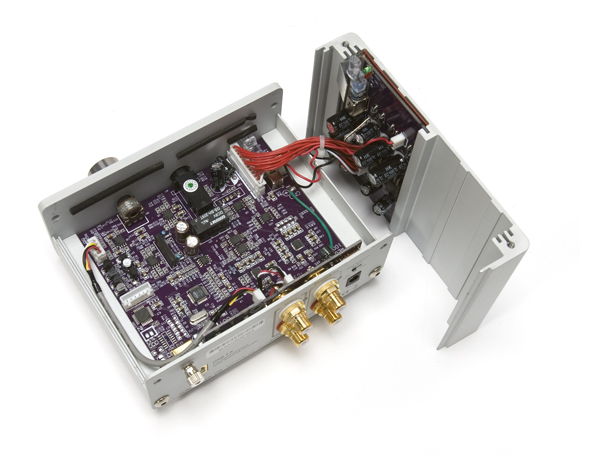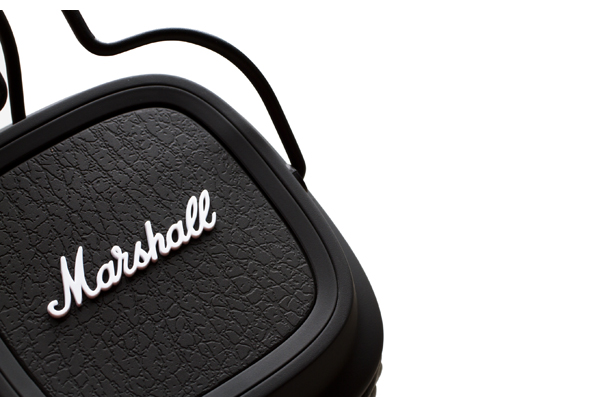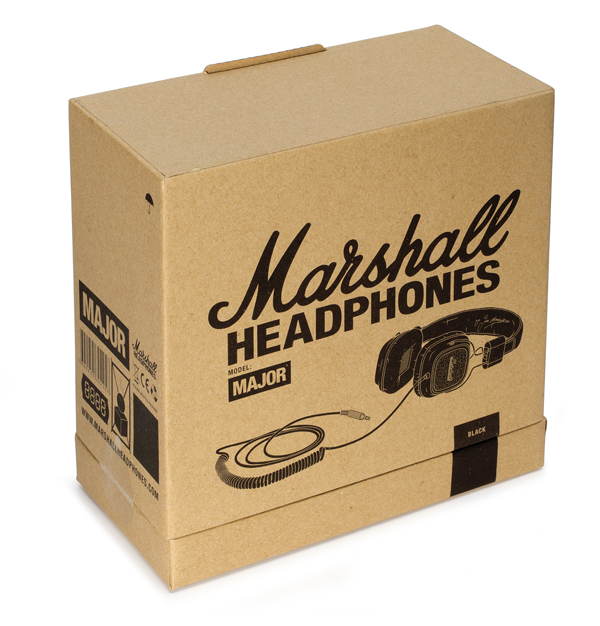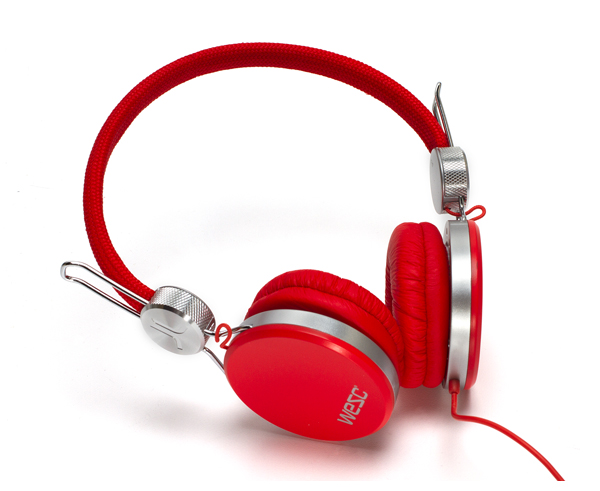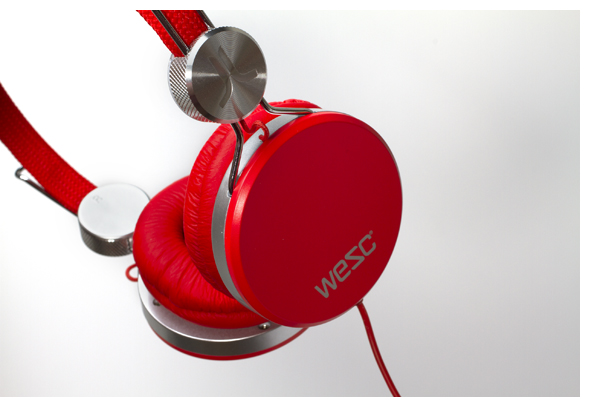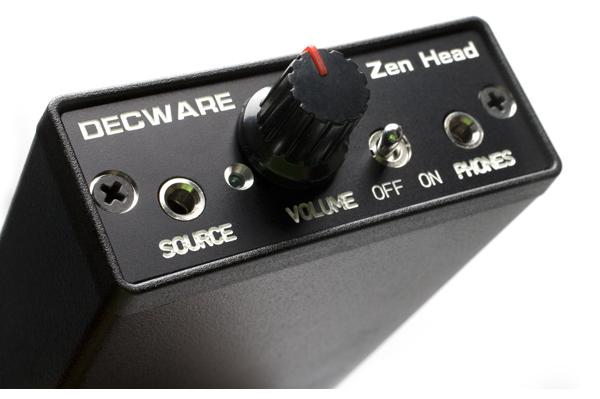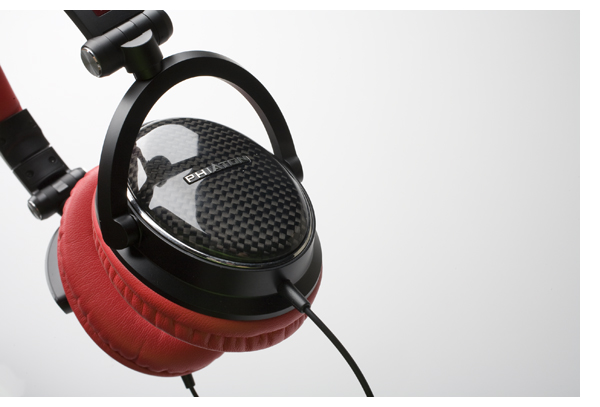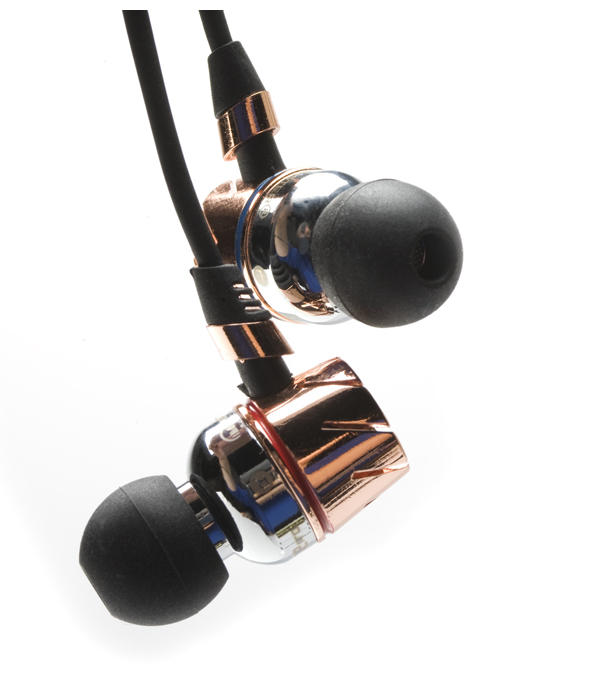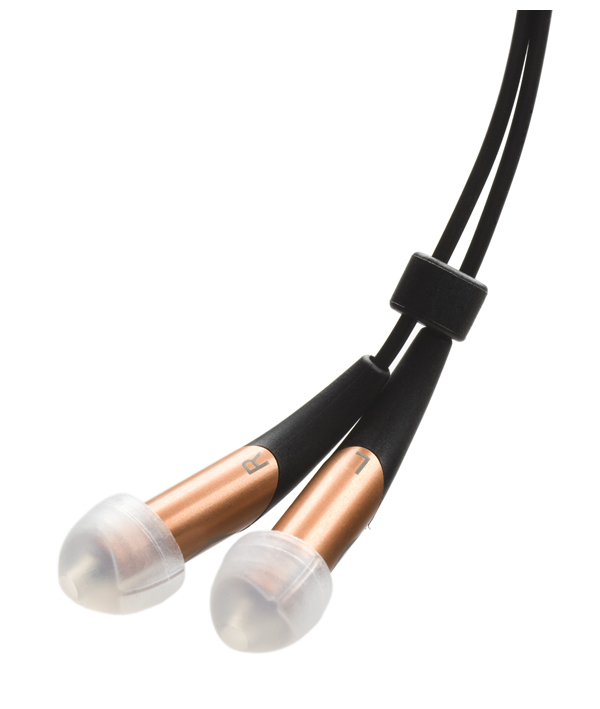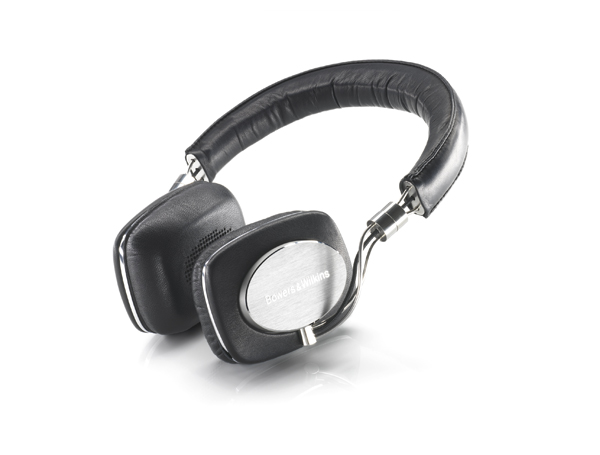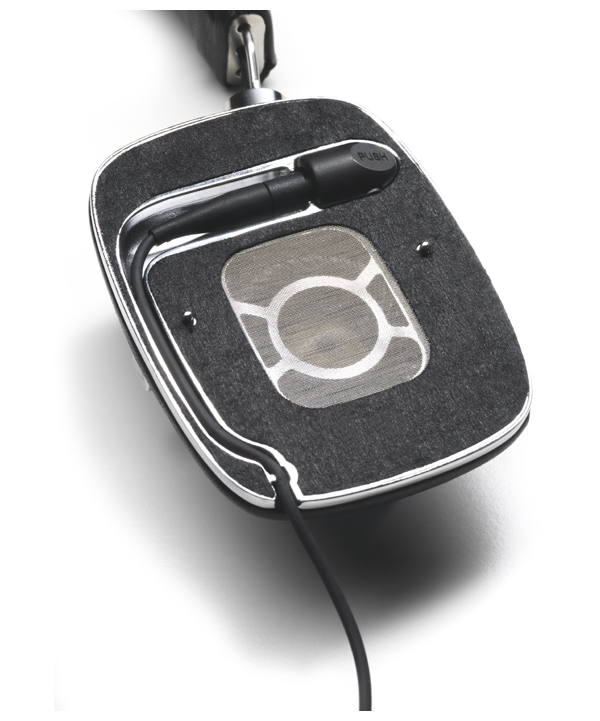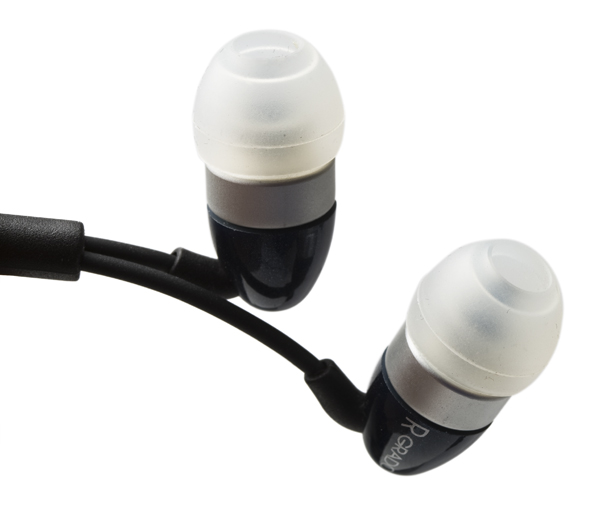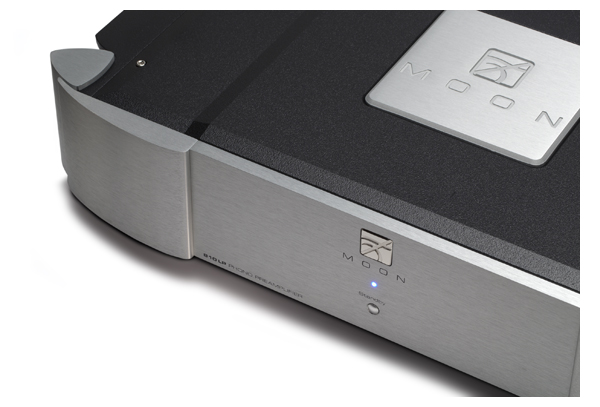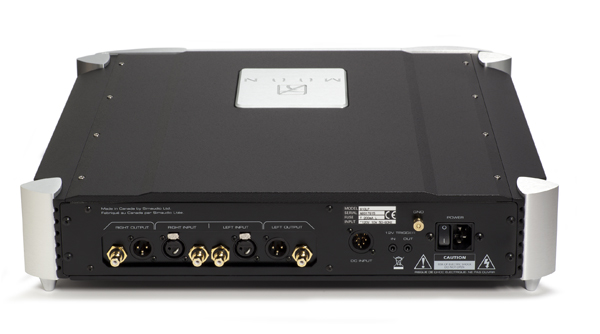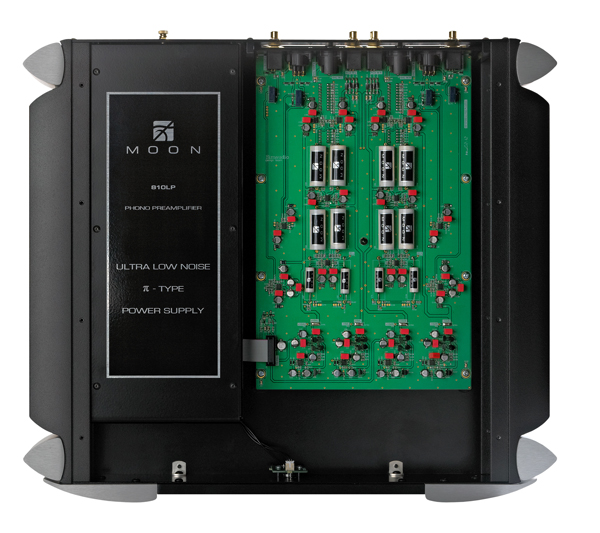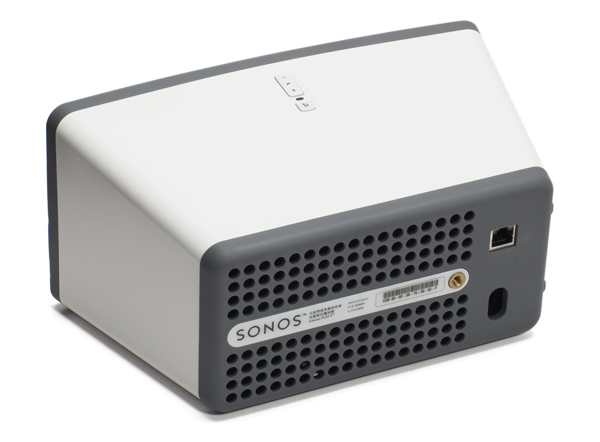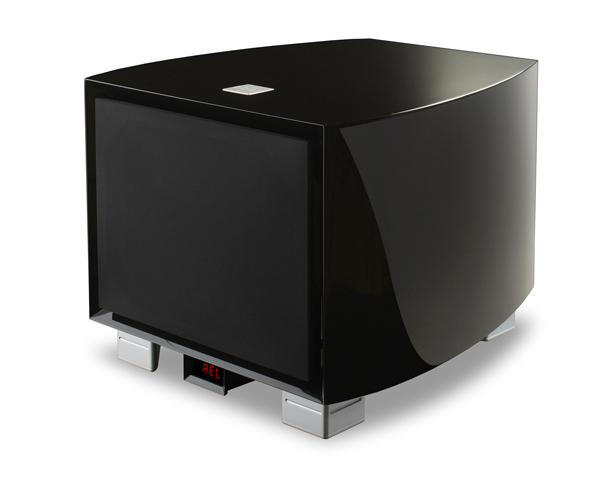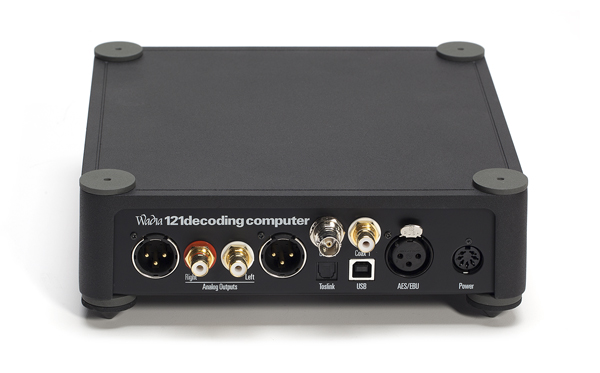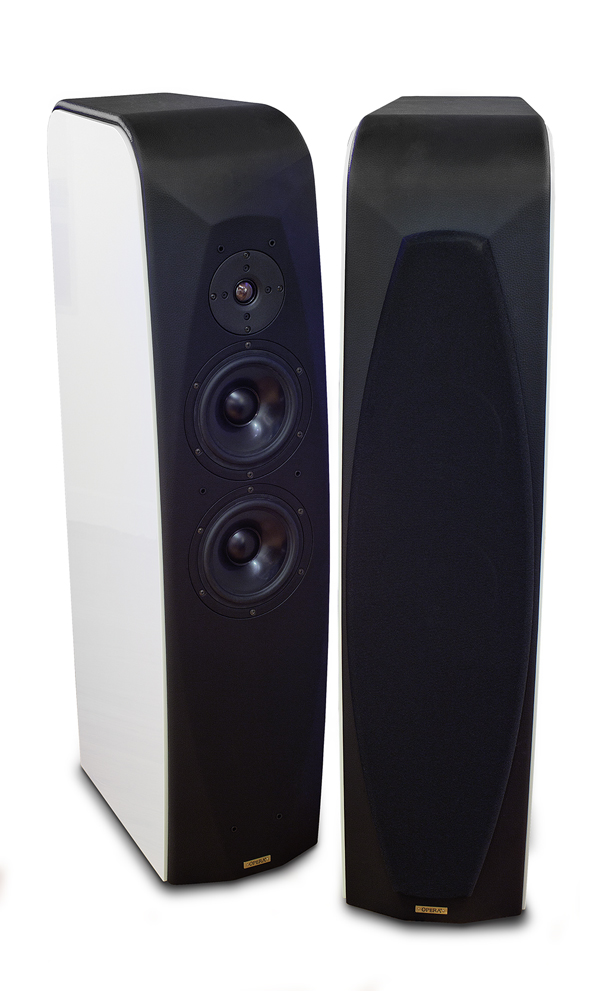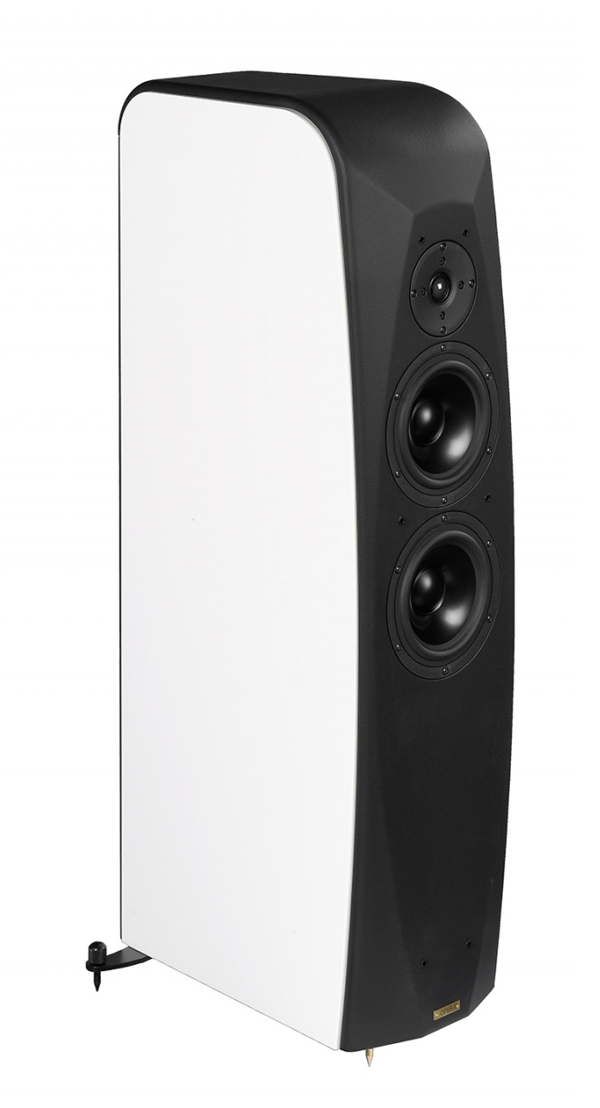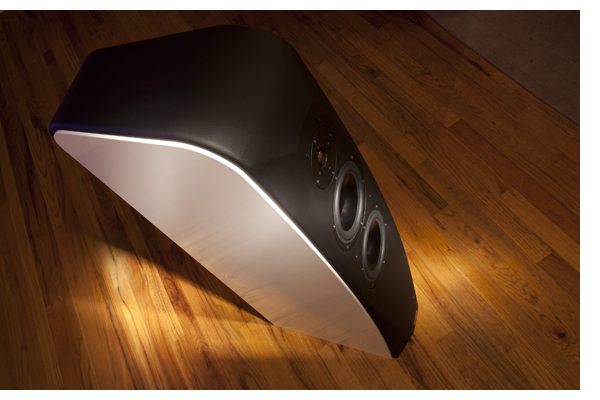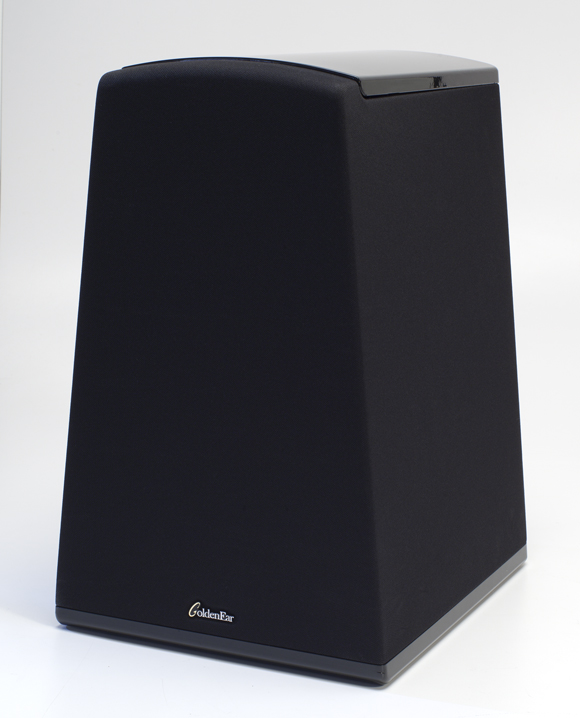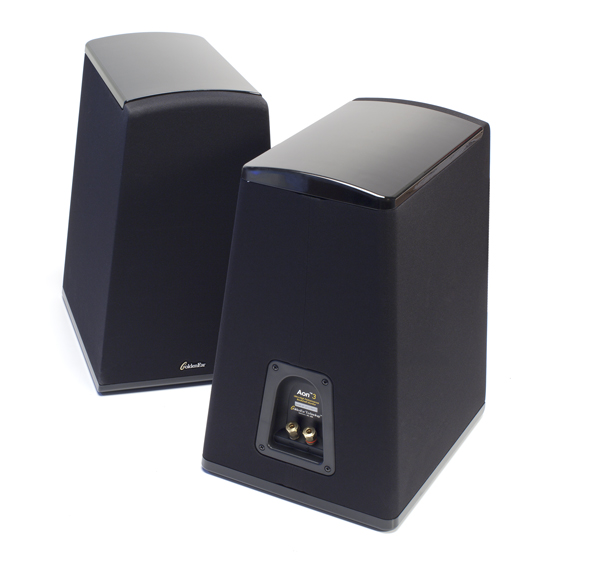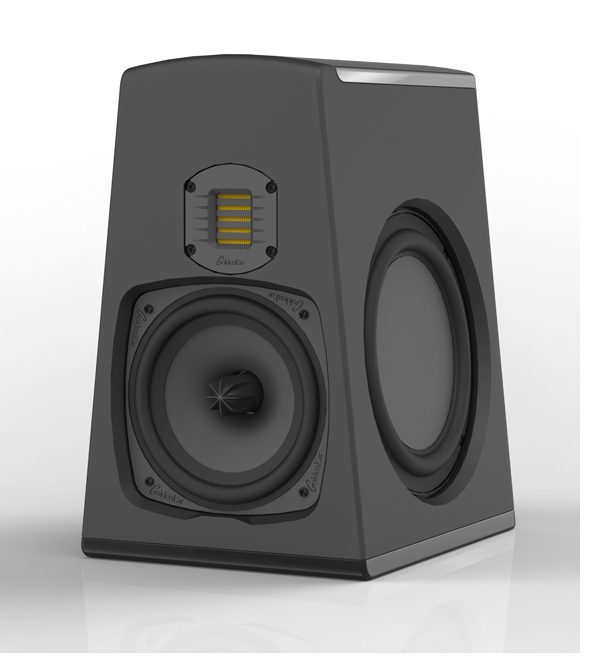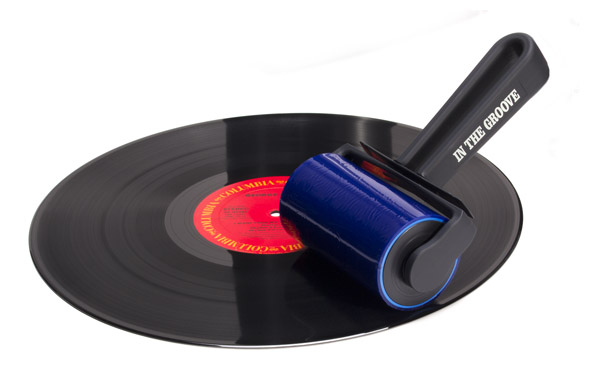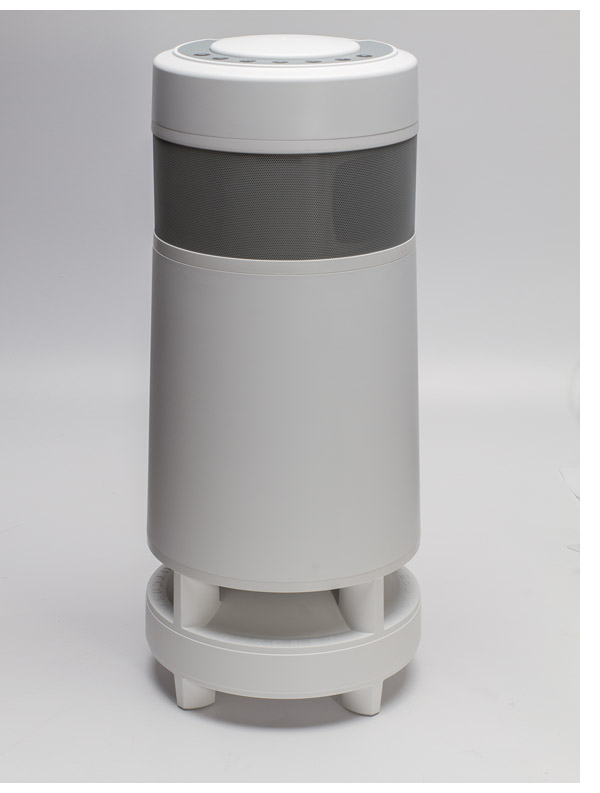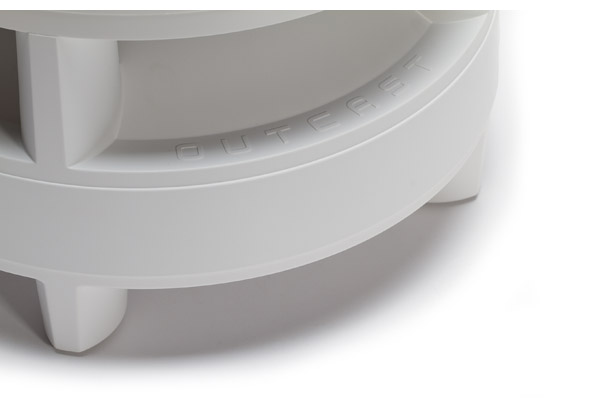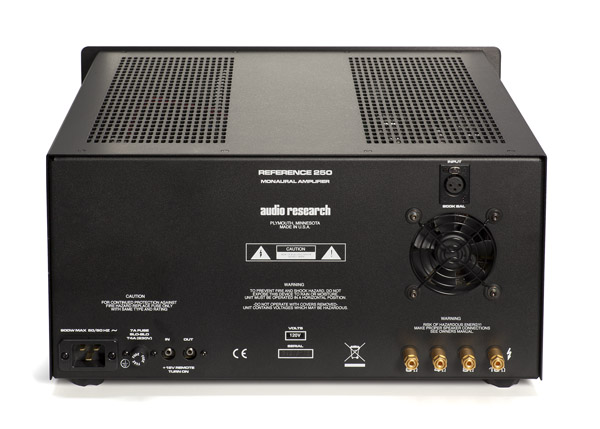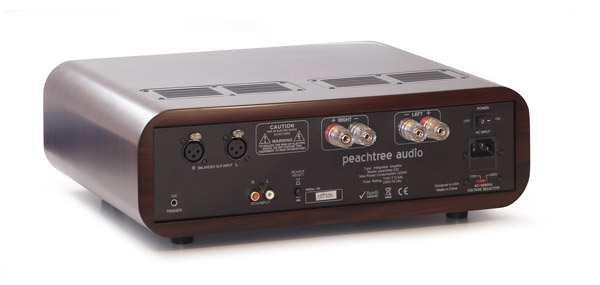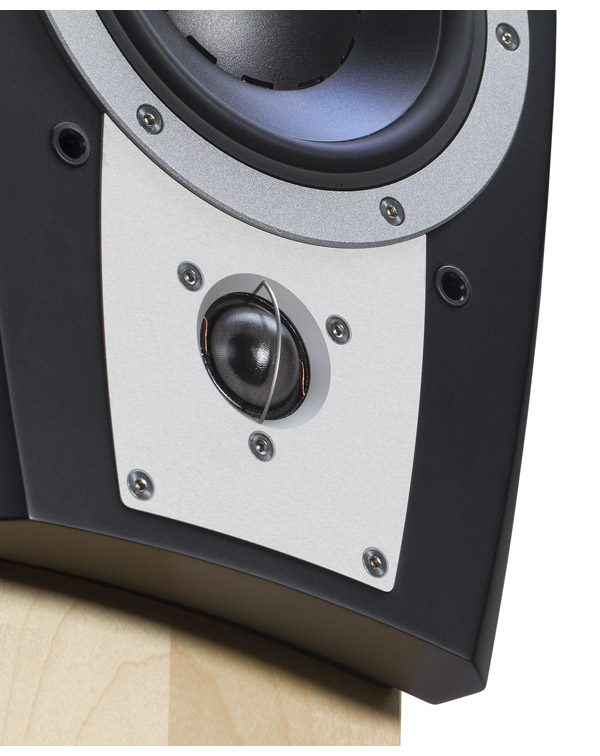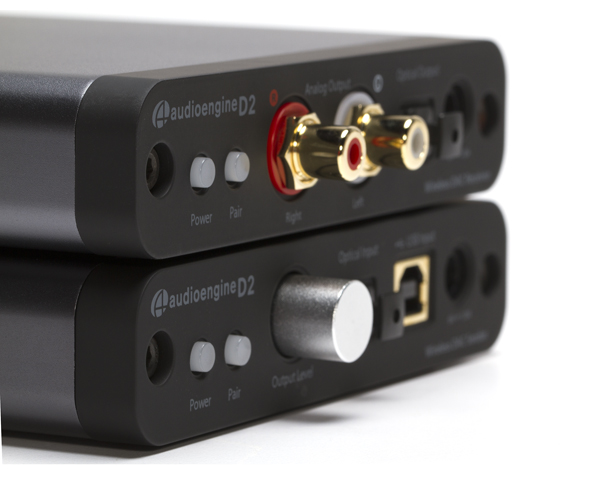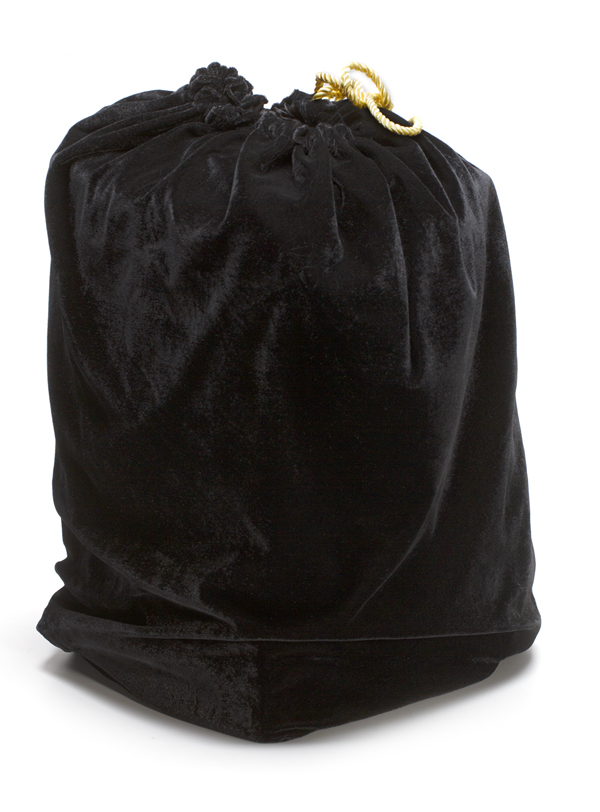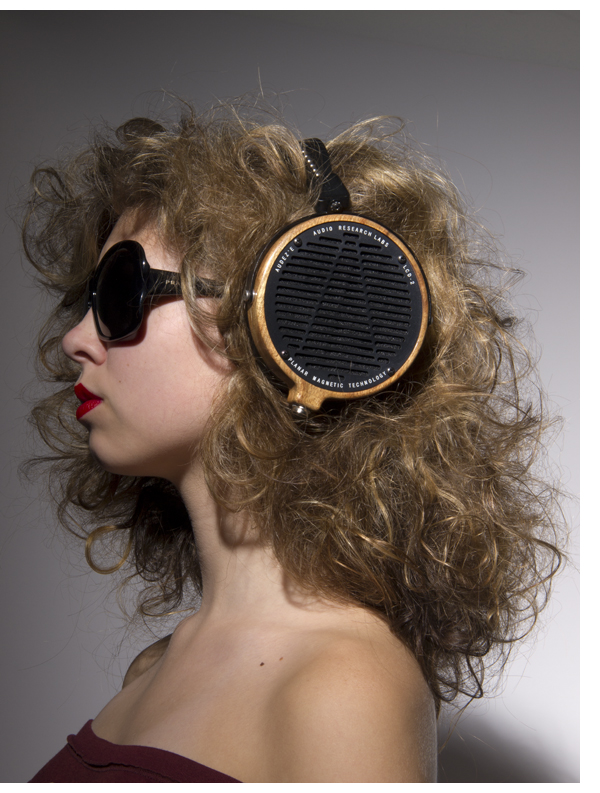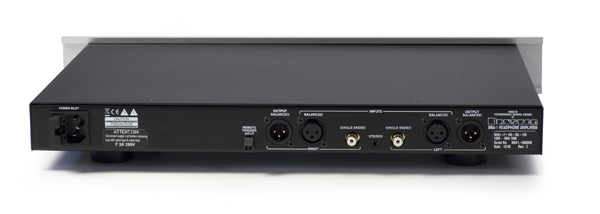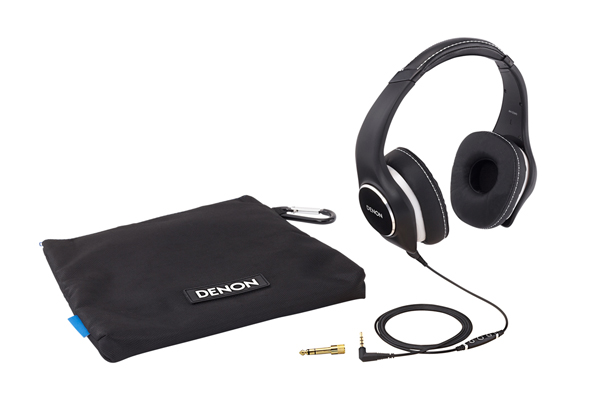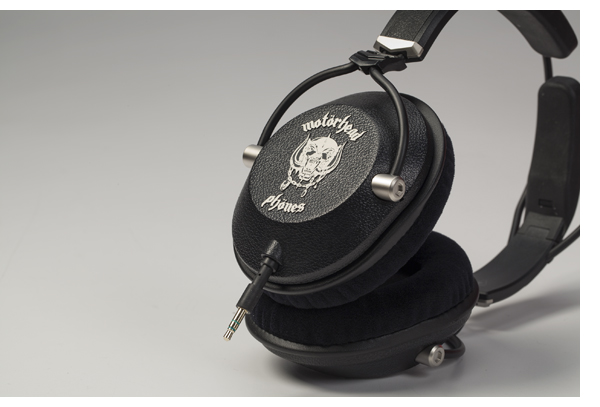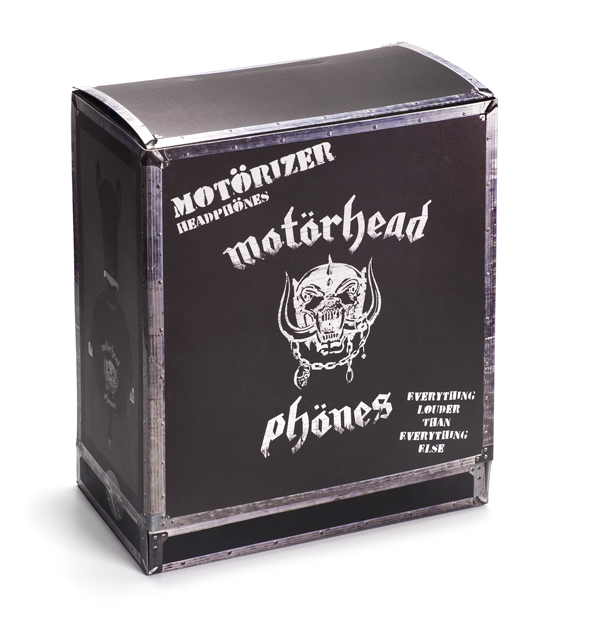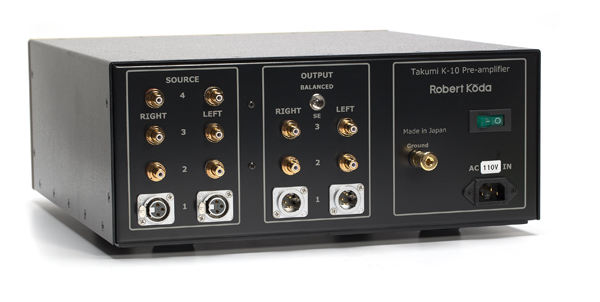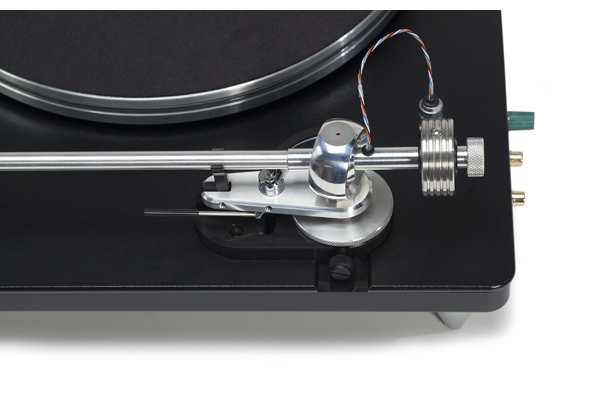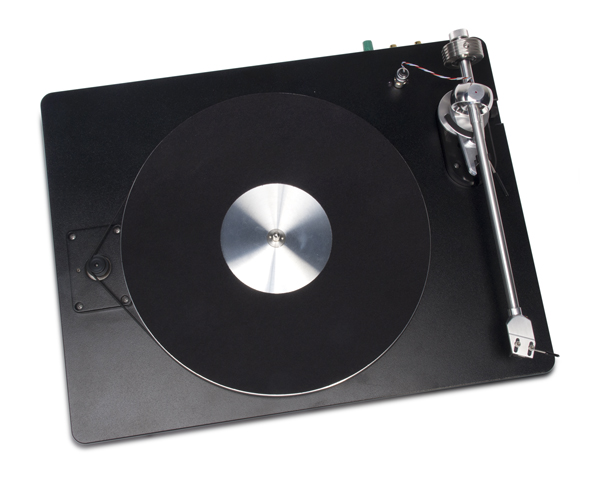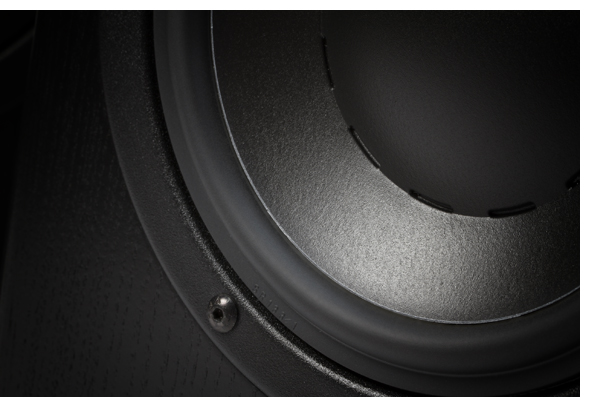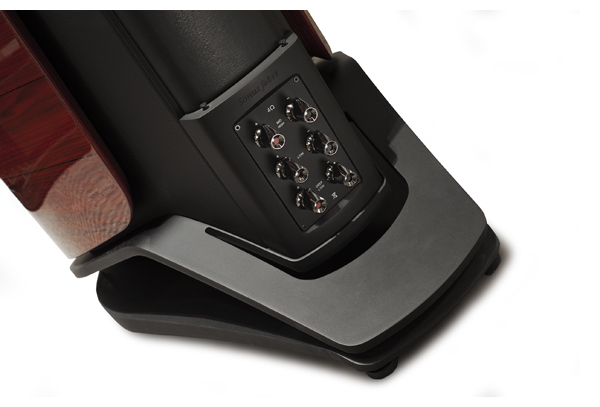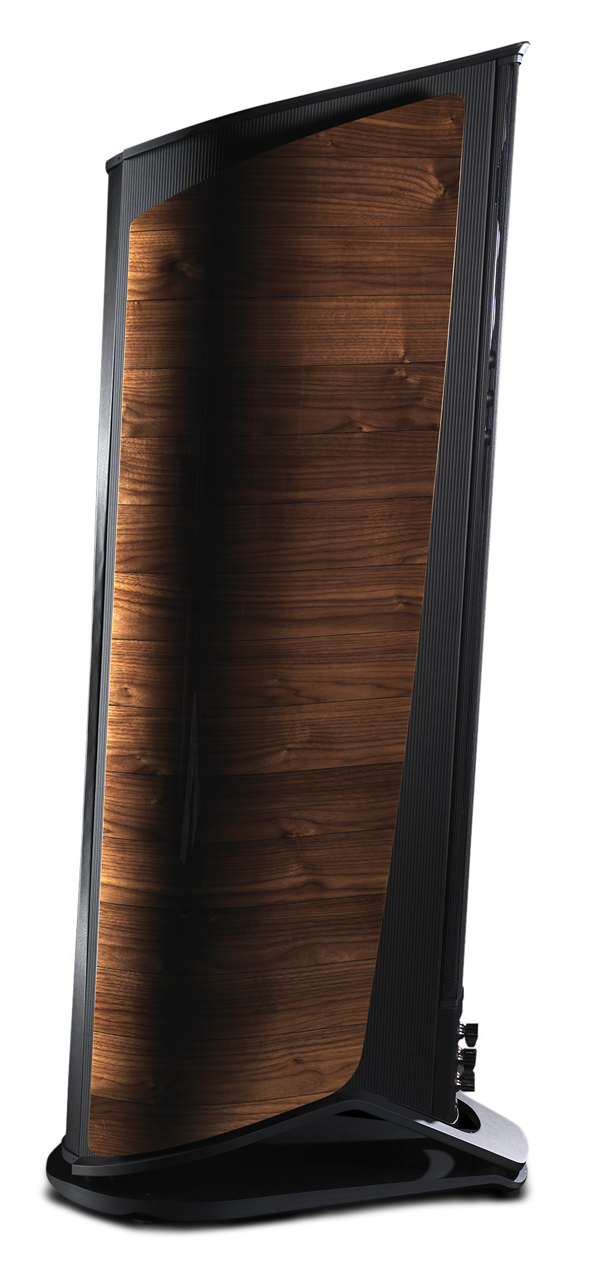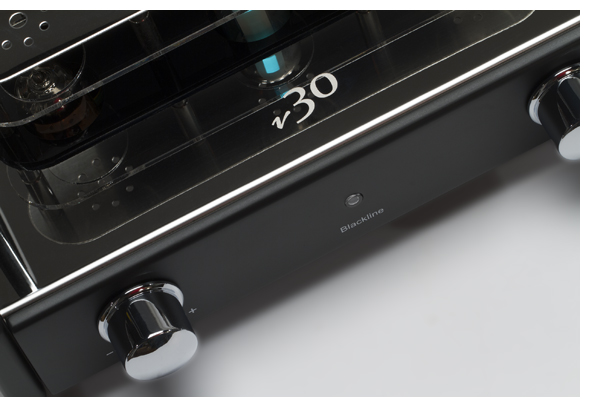 The Chord company has always been well-known for highly advanced aesthetic design in addition to advanced circuitry, and their QBD76 is no different. A small but densely packed box with a unique shape, one of the QBD76’s claims to fame is the myriad of inputs it puts at your disposal. While it features a pair of coax SPDIF inputs and a pair of Toslink optical inputs, there is also a USB input and a pair of balanced AES inputs (so that you can use the QBD76 in Dual Data mode). But perhaps the most intriguing feature of the QBD76 is its Bluetooth input – that antenna you see is not for a wifi connection. It allows your smart phone to transmit its digital music stream straight to your system.
The Chord company has always been well-known for highly advanced aesthetic design in addition to advanced circuitry, and their QBD76 is no different. A small but densely packed box with a unique shape, one of the QBD76’s claims to fame is the myriad of inputs it puts at your disposal. While it features a pair of coax SPDIF inputs and a pair of Toslink optical inputs, there is also a USB input and a pair of balanced AES inputs (so that you can use the QBD76 in Dual Data mode). But perhaps the most intriguing feature of the QBD76 is its Bluetooth input – that antenna you see is not for a wifi connection. It allows your smart phone to transmit its digital music stream straight to your system.
This diminutive DAC feels even heavier than its 15.5 pound (7kg) weight spec would suggest. Made from a solid billet of aluminum, the QBD76 has the same high level of quality that all Chord products share. It is available in a standard polished silver finish, black anodized and a “brilliant” finish as an extra-cost option. Described on the Chord website as “Audiophile jewelry for the home,” this finish looks as if the DAC has been chrome plated. Very attractive, if that’s your thing, but also very susceptible to fingerprints. MSRP on a standard finish QBD76 is $6,295.
Chord, of course, claims that this is “the World’s most technically advanced DAC,” pointing to their use of field-programmable gate arrays (as does dCS) to perform the digital processing via software and much higher processing power than a standard, off-the-shelf DAC chipset would provide. This is a great approach because as digital technology upgrades, the processor will only need a software upgrade, making it ultimately less prone to becoming outdated. They also claim that this is the only DAC to offer eighth-order noise shaping, resulting in better dynamics and 2,608 times oversampling and digital filtering.
Setup
On a few levels, this piece of gear is almost too Zen for its own good, and as is typical with way too much expensive HiFi gear these days, the instruction manual is equally cryptic. I thought my dCS stack was a bit tough to get around with the small type on the front panel, but at least it has a large LCD panel on each of its four boxes. This is not a piece of gear that you will be able to operate right out of the box without first reading the the manual.
Looking directly overhead at the top panel, there is a large, round window that lets you peer inside the QBD76, which has a very cool, blue glow. There is another, smaller round window that lets you see the various functions as you choose them with the unmarked buttons. Should you be the type of user who plugs in a source or two and forgets about it, you will get over these minor quirks easily.
The sheer number of digital inputs is a nice touch because as more audiophiles gravitate towards computer playback of some kind, the DAC is rapidly becoming the central hub of their system, much as the preamplifier used to be. Also impressive is the QBD76’s ability to drive two systems, one through the XLR outputs and one through the RCA’s, so you could use it as a source for two systems without issue.
All of the inputs automatically sense the bit depth and sample rate of the incoming signal and adjust accordingly. There is no option to bypass the oversamping and just play the digital signal in its native form, so this may be somewhat off putting to some digital purists.
I made it a point to run the QBD76 through its paces with everything from my dCS Paganini transport all the way down to my iPhone and aging Denon 3910 universal player to get a feel for its performance with a wide range of digital sources. At least half of my listening was done with the Sooloos and Naim music servers, with a variety of files from 16/44 all the way up to 24/196. While on loan from dCS, I also made it a point to play some 24/192 files with the dual-channel configuration. As with my reference Paganini, this provided the most lifelike digital reproduction.
Though I am not usually prone to much tweaky system tuning with cables, etc., the QBD responded more to this treatment than any other piece of digital hardware I’ve used in recent memory. This one definitely responded to power conditioning and a good power cord, so consider at least upgrading the stock cord on this unit and you will be rewarded. Though I used Shunyata’s Python CX power cord for most of my listening, even upgrading the stock power cord to their $125 Venom 3 made a very worthwhile improvement in HF smoothness and timing.
Massive processing horsepower under the hood certainly made for an impressive amount of data retrieval. Having quite a wide range of digital hardware at my disposal, I was instantly impressed at this aspect of the Chord’s performance. If I were going to make an initial comparison to the analog world, the Naim CD 555 is more like a Koetsu Rosewood Signature Platinum, the dCS Paganini like a Dynavector XV-1s and the Chord like a Clearaudio DaVinci.
Especially when listening to high-resolution source files, I was intrigued with the tiny nuances available from the Chord, and I would highly suggest investigating the buffer options; I felt the maximum buffer made for the smoothest sound, but your mileage may vary. “Still…You Turn Me On” from Emerson, Lake and Palmer’s Brain Salad Surgery had a degree of texture in the low bass that I’ve never heard in my system to this extent. I noticed that extra bit of bass texture in a few of my favorite Naim 24/96 downloads and the Mickey Hart Planet Drum and At The Edge CDs. Again, making a quick comparison with the analog world, the Chord DAC’s bass characteristic reminded me of the Continuum Criterion we reviewed in 2008; there was a level of texture in the bass response that was simply stunning.
In terms of comparing the Chord to a few of the world’s top digital players (all costing considerably more than the QBD76, but if you are going to claim you make the best box, it’s fair game to compare with the big boys), it still falls short in terms of the ultimate weight possessed by the top players from Naim, Wadia and dCS that I had on hand. Think of the QBD76 as a hyper performance 600cc sport bike, not a 1-liter bike. An experienced rider can get it around the track almost as fast as the big bikes, but you’re working the bike 100 percent all the time. Listening to full-scale orchestral pieces from Mahler and Shostakovich, I was able to hear well into the hall and get a great read on its acoustics, but the big crescendos left me wanting a little more. But again to quantify more accurately, my GamuT S9’s are solid down to 17 hz.
In all fairness to the Chord, if I were merely comparing the WBD76 with other examples I’ve heard in the equivalent price range, it would be tops in class. But when compared with the five-figure players, I knew there was more “oomph” to be had.
The double edged sword of high resolution
The other aspect of the Chord’s performance that will either be a perfect fit or the straw that breaks the camel’s back is its ultimate tonality combined with all that resolution. I’ve been accused of liking a tonal balance that’s slightly on the warm side of neutral, so any potential buyer should take this into consideration when reading my evaluations. Even in my second system, which currently consists of a vacuum-tube version of the McIntosh MC500 preamplifier and the MC1.2k power amplifiers, I still always felt like I was listening to a digital source.
Though I found the Chord visceral and exciting with excellent pace, in my reference system, I could never relax and forget that I was listening to digital, as I have been able to with a few other top players. I didn’t really see this as a negative for the QBD76, as I’ve never experienced this level of playback in any digital player below the $12k range, so it was not a disappointment.
Where I did find the Chord to be a perfect match was when I swapped the solid-state MC1.2kw’s for the vacuum-tube MC275 power amplifier in my third system, which consists of all vintage CJ gear, and it definitely voiced on the warm side of the fence and actually somewhat romantic and lush, if you will. Where a lot of other digital players sounded veiled and grainy, the Chord was a nice match, with the extra helping of resolution a solid plus. Two of my other staff reviewers who are predisposed to liking a bit more detail in their presentation were absolutely smitten by the QBD76. One of them regularly referred to my Naim CD555 as “dark,” so the beauty is always in the eye of the beholder.
Other features
I must admit that being able to mate my iPhone to my HiFi system without any wires and let my friends do the same is very cool, so the Bluetooth access of the QBD76 was very useful. This feature is by far the perfect ice breaker at a party because friends always want to hear their own music when they drop by. I would love to see this functionality in everyone’s HiFi system.
As I mentioned earlier, the multiple inputs on this DAC make it extremely easy to use the QBD76 as a digital hub and for comparing multiple sources. Near the end of the review, I had one computer connected via USB, one via Toslink and two transports connected to the SPDIF inputs. Those who have a modestly priced CD player will be instantly impressed at how much more performance they can get from their system should they not want to abandon physical media right away. I was having a ton of fun using a Rega Planet CD player and a Mac Mini running Amarra through the QBD76.
As with any component at this price point, I would suggest a demo in your system to make sure the tonality is synergistic with your system. Warm and romantic it isn’t, but it isn’t harsh or grainy either. The Chord QBD76 will not embellish the more raggedy-sounding discs in your collection, but it will reveal some pleasant surprises in your best recordings. Highly recommended.
The Chord QBD76 DAC
MSRP: $6,295
Factory: www.chordelectronics.co.uk
North American Distributor: www.bluebirdmusic.com
Peripherals
| Preamplifiers | Burmester 011 McIntosh C500 Conrad Johnson ET3SE |
| Power Amplifiers | Burmester 911 mk. 3 McIntosh MC275 McIntosh MC1.2kw Monoblocks Conrad Johnson MV50-C1 Octave ME130 monoblocks |
| Speakers | GamuT S9 MartinLogan CLX Estelon EX Harbeth Monitor 40.1 B&W 805D (w/Gotham Subwoofer) |
| Cable | Shunyata Aurora I/C Shunyata Stratos SP speaker cable Cardas Clear I/C and speaker cable Audioquest Wild Blue Yonder I/C and speaker cable |
| Power | Running Springs Dmitri and Maxim PLC’s RSA and Shunyata power cords |




